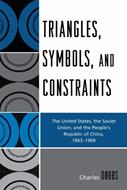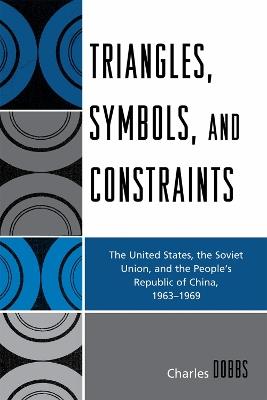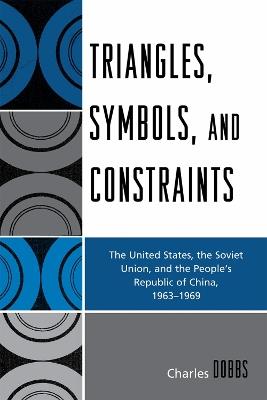L’articolo è stato aggiunto alla lista dei desideri
IBS.it, l'altro eCommerce
Triangles, Symbols, and Constraints: The United States, the Soviet Union, and the People's Republic of China, 1963-1969
Cliccando su “Conferma” dichiari che il contenuto da te inserito è conforme alle Condizioni Generali d’Uso del Sito ed alle Linee Guida sui Contenuti Vietati. Puoi rileggere e modificare e successivamente confermare il tuo contenuto. Tra poche ore lo troverai online (in caso contrario verifica la conformità del contenuto alle policy del Sito).
Grazie per la tua recensione!
Tra poche ore la vedrai online (in caso contrario verifica la conformità del testo alle nostre linee guida). Dopo la pubblicazione per te +4 punti



Tutti i formati ed edizioni
Promo attive (0)
In his five-plus years as president of the United States, Lyndon Johnson witnessed dramatic power struggles within and between the Soviet Union, the People's Republic of China, and the United States of America. New Soviet leaders were determined to build Soviet power and extend Soviet influence. Mao's revolutionary ideology so dominated China that there were few levers to move Sino-American relations ahead. Johnson wanted to ease Cold War tensions by reaching a range of agreements with the Soviet Union on nuclear weapons and establishing relations with the People's Republic of China in order to end its isolation in the world community. However, multiple events frustrated Johnson's good intentions. The Soviet leadership that overthrew Nikita Khrushchev was committed to expanding its military might before negotiating with Washington; it also began focusing more and more on the worsening Sino-Soviet split. Mao Zedong entered into the Great Proletarian Cultural Revolution, and China seemed to devour itself. Meanwhile, the Vietnam War made negotiations among all three great powers more difficult, limiting room to maneuver. But Johnson persevered, and by 1968 the apparent American retreat symbolized by the North Korean seizure of the USS Pueblo and the Communist Tet Offensive in Vietnam, along with the Soviet invasion of Czechoslovakia, seemed to change the construct between the great powers. Beijing, emerging from the worst of the Cultural Revolution, increasingly feared Soviet intentions, and Moscow wanted to prevent a Sino-American rapprochement. Although Johnson did not achieve his lofty goals, he created the pre-conditions that Richard Nixon later harvested for the detente with Moscow and rapprochement with Beijing. Johnson's best intentions fell prey to triangles, symbols, and constraints.
L'articolo è stato aggiunto al carrello
L’articolo è stato aggiunto alla lista dei desideri


